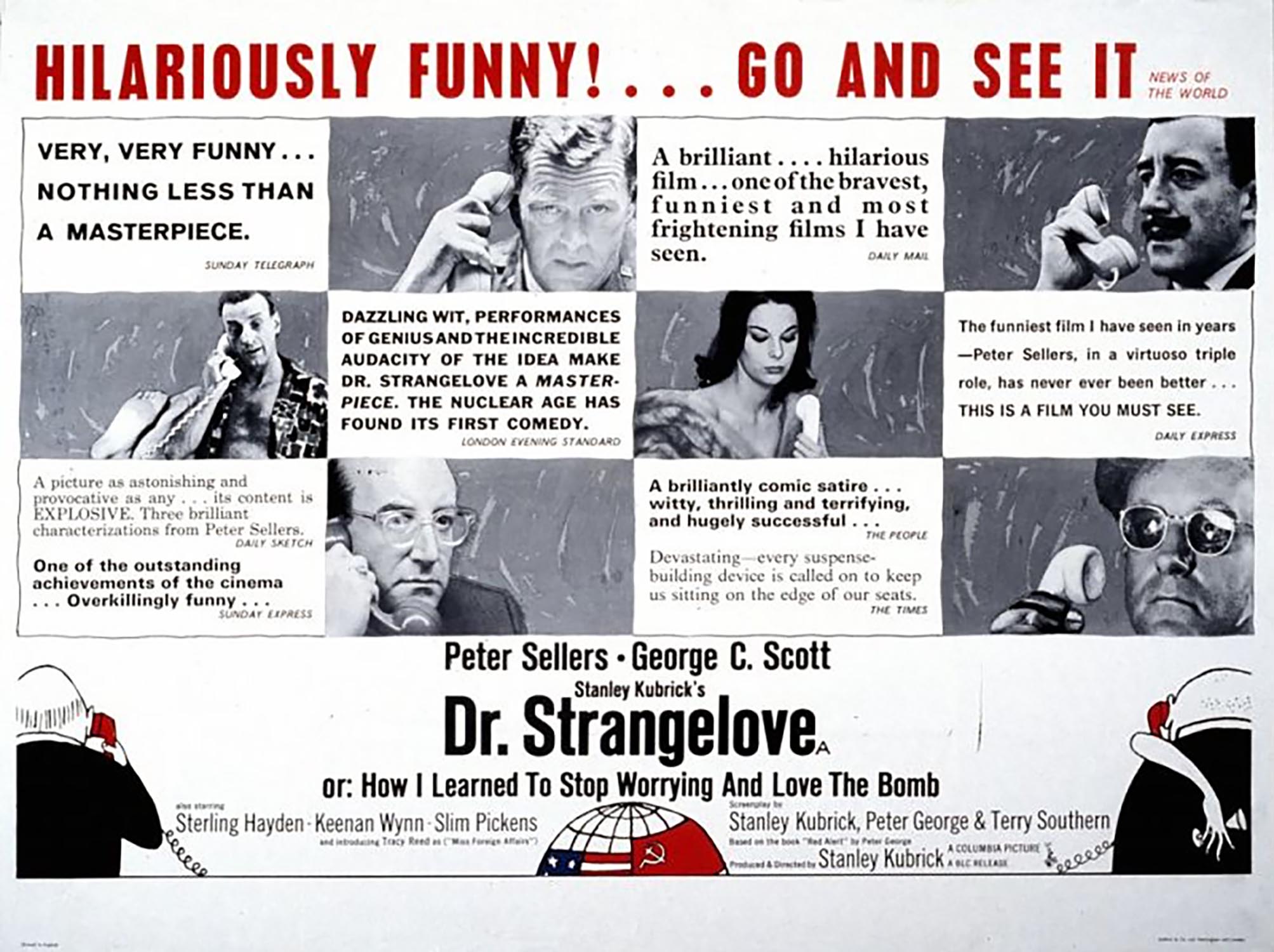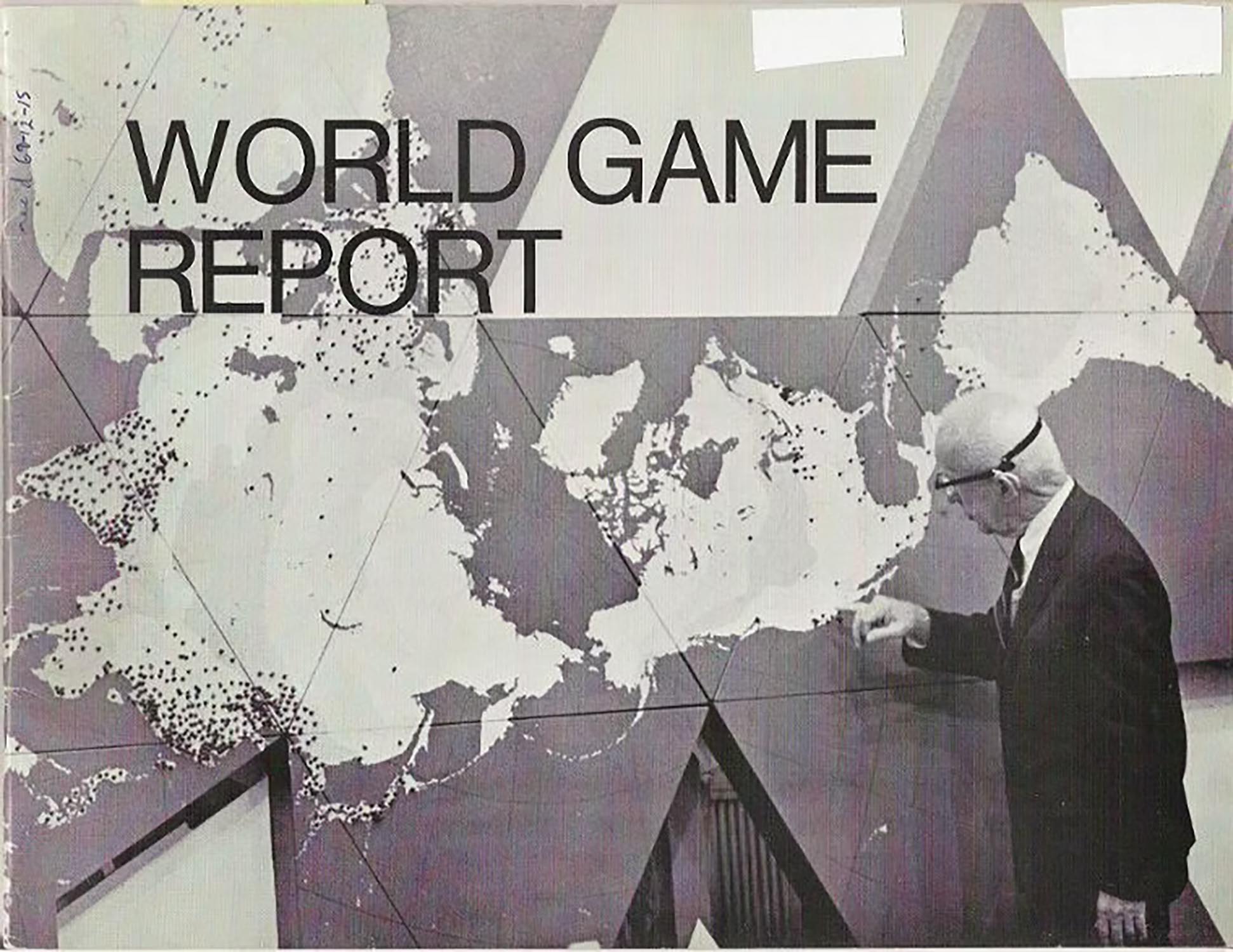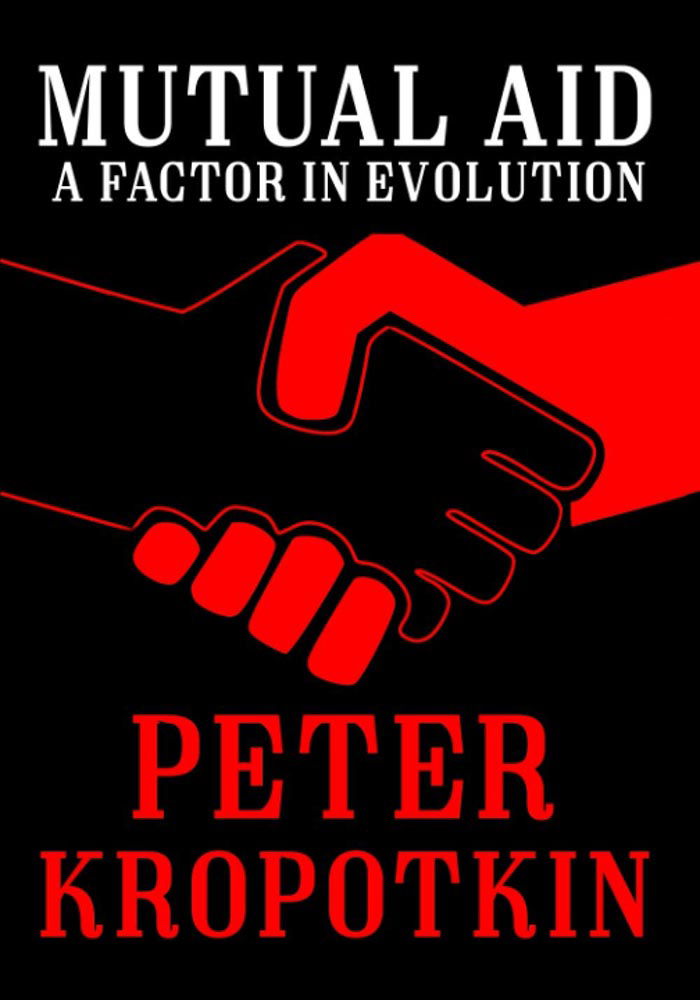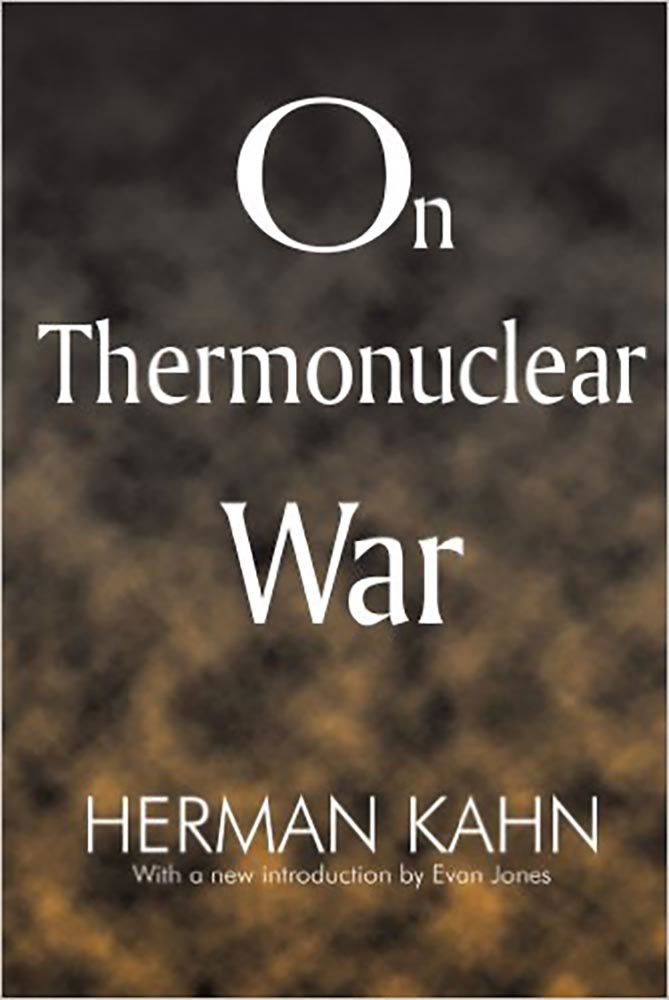
We have been living under the nuclear-deterrent doctrine of Mutually-Assured Destruction since the early Sixties and we still are.- above is a scene from Kubrick's Dr Strangelove - Or How I learned to Stop Worrying, and Love the Bomb of 1963 - 'This is the War Room- you can't fight in here' - The animated maps on the big screens show the progress of B52 Nuclear Bombers 'accidentally' encroaching on USSR territory...
(Ken Adam designed the film-set)

Stanley Kubrick made a brilliant satire on MAD in 1963 in his Dr Strangelove film, and at more or less the same time Bill Gaines' fabulous MAD magazine was hitting the newstands and becoming very collectible:

So this article is about the absurdity and actuality of Mutually-Assured Destruction and the nuclear-strategy games and mathematical 'reasoning' that started it all - and we look at alternative perspectives like Kropotkin's Mutual Aid, Robert Axelrod's Evolution of Cooperation and various other sources to see where we went badly wrong - much more to come!
Robert Axelrod: The Evolution of Cooperation (1984)
"Under what conditions will cooperation emerge in a world of egoistswithout central authority? This question has intrigued people for a longtime. We all know that people are not angels, and that they tend to lookafter themselves and their own first. Yet we also know that cooperationdoes occur and that our civilization is based upon it.A good example of the fundamental problem of cooperation is the casewhere two industrial nations have erected trade barriers to each other’sexports. Because of the mutual advantages of free trade, both countrieswould be better off if these barriers were eliminated. But if either countrywere to eliminate its barriers unilaterally, it would find itself facing terms oftrade that hurt its own economy. In fact, whatever one country does, theother country is better off retaining its own trade barriers. Therefore, theproblem is that each country has an incentive to retain trade barriers,leading to a worse outcome than would have been possible had bothcountries cooperated with each other."
Axelrod: Preface to The Evolution of Cooperation 1984

Axelrod approached the subject of 'cooperation' from the perspective of a strategic games theorist, wheras the first philosopher to tackle this came from a socialist and evolutionary POV: it was Piotr Kropotkin - actually an Anarchist, and a Prince of the Imperial Russian Empire in his 1902 Mutual Aid.

Richard Buckminster Fuller and The World Game

"We share Fuller's Vision We whole heartetly agree with Fuller's vision that we need to start addressing the worlds problems as a whole where everything is inter-connected and ONE. The majority of the worlds problems are caused by our constant desire to divide and label everything as black & white. We need to look at the bigger picture and see that everything effects everything else. We cannot just look at individual nations and think they do not effect another. As fuller says its like we are on the Spaceship Earth with every nation having a separate pilot all trying to steer in a different direction. What if instead we all started steering in the same direction and working together? Imagine what wonders we could achieve?"
In 1978, over thirty years after Buckminster Fuller, the American teacher John Hunter devised a new version of Fullers World Game, entitled (just as Fuller's was at first: The World Peace Game:

So we have a game in theory, and a workable World Peace Game for children - and your task is to create a West Wight World Peace Game - of direct relevance to youngsters of the Isle of Wight. So research these ideas and come up with both a proposal AND a demonstration of the actual game. What 'board' or screen do you play this game on? How does it work? What are the Rules? What's the best way to illustrate and dramatise it for young locals?
It may help to check out some of the following:

"Mutual Aid: A Factor of Evolution is a 1902 collection of anthropological essays by Russian naturalist and anarchist philosopher Peter Kropotkin. The essays, initially published in the English periodical The Nineteenth Century between 1890 and 1896,[1] explore the role of mutually beneficial cooperation and reciprocity (or "mutual aid") in the animal kingdom and human societies both past and present. It is an argument against theories of social Darwinism that emphasize competition and survival of the fittest, and against the romantic depictions by writers such as Jean-Jacques Rousseau, who thought that cooperation was motivated by universal love. Instead, Kropotkin argues that mutual aid has pragmatic advantages for the survival of human and animal communities and, along with the conscience, has been promoted through natural selection." (wikipedia)
“As soon as we study animals — not in laboratories and museums only, but in the forest and the prairie, in the steppe and the mountains — we at once perceive that though there is an immense amount of warfare and extermination going on amidst various species, and especially amidst various classes of animals, there is, at the same time, as much, or perhaps even more, of mutual support, mutual aid, and mutual defence amidst animals belonging to the same species or, at least, to the same society. Sociability is as much a law of nature as mutual struggle.”― Pyotr Kropotkin, Mutual Aid: A Factor in Evolution (1902)
Perhaps unfortunately we chose/we have interpreted Darwinism as the 'Nature Raw in Tooth and Claw' Tennysonian version ( Darwin stayed in Freshwater - at Redoubt House - in 1868, was photographed by Julia Margaret Cameron and he met Alfred Tennyson too) - interpreted by the Victorians as the life and death struggle to survive, to compete for resources - this version fitted well with the Victorians extremely bloated ideas of the British as a superior race, of the necessity of competition for natural resources, and this all led to Colonialism - to the biggest Empire in the World in fact, and an Empire that cheerfully adopted unrestricted Free Trade and Open Market Capitalism in the period between 1860-1880 - and support for the rich and powerful, as opposed to support for the people and the growing Trade Union, Socialist and Communist parties...
And of course, Imperial rivalries have dominated our culture in modern history - first with the French and Napoleon's dictatorship, then with the Danish, Portuguese, German and Russian Empires, now with an over-reaching USA, an ambitious China, a rogue Russia (with Putin longing for a return to the status of the USSR) - all emerging since WW2 and the acquisition of Nuclear Weapons and the evolution of M.A.D. - the logic that if any country attempts to use a first-strike Nuclear Weapon attack on another country, then the defender will have enough strategic reserve to reply with a Second Strike guaranteeing mutually-assured destruction for both sides - and everyone else on the planet too.
In the late 1940s and 1950s a new generation of 'nuclear strategists' emerged who, using sophistical game-theory, and mathematics, considered all the ways nuclear nations could live together and tackle threats without incurring M.A.D.
Prominent among these was the RAND Corporation (the US Government Research and Development (R and D) institution) set up post WW2 - and it was Hermann Kahn - one of RAND's strategists, who began to seriously tackle Nuclear theory:
"Herman Kahn's nuclear theory was built on "thinking the unthinkable" to prepare for nuclear war and deterrence. His key concept was the "escalation ladder," a 44-rung model showing how a conflict could progress, or de-escalate, from a conventional crisis to full-scale nuclear war. Other major ideas included a "Doomsday Machine" as a deterrent and analyses of post-war survival and "breakout" scenarios for nations acquiring nuclear weapons in a disarmed world." (Google AI summary)

much more to come...
